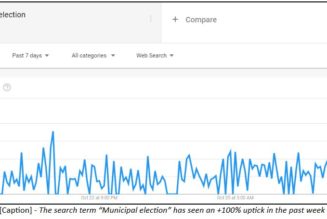The COVID-19 pandemic has ushered in ample opportunities by accelerating the digital transition of tasks that were once considered mundane. In recognition of the importance of this, almost all players in the insurance sector are digitising – some more seamlessly than others.
Here are eleven of the digital trends we have seen and expect to continue seeing:
- Self-service claims process
The biggest digital transaction in this space is people tracking the progress of their claim. They want to be able to do so on a self-service basis. Clients are seeking smooth administration processes. - Quoting new business online
Being able to quote for new business online has become the norm. There’s tremendous pressure to keep pace with customer expectations or lose prospective clients. - Farewell to legacy systems
Most service providers and brokers are starting to migrate their historical mainframe ‘backends’ to modern tech systems, which can expose the insurer to Application Programming Interfaces, and give real-time data, with 24/7 capabilities. The take-away? A tech-enabled, automated backend means more digital capacity on the frontend. - Robotic Automation Process (RPA)
This is still very much front and centre as everyone tries to integrate Artificial Intelligence software and harvest – and use – the data they have. - Chat versus voice
We’re seeing the growth of chat capability – like WhatsApp – especially in the direct space. However, South Africans still gravitate to picking up the phone and call, particularly when things go wrong. - Clients are interacting with insurers directly
This has been a noticeable shift in recent times. Many clients are starting to contact insurers directly – especially for small things. They tend to get their brokers involved for more complex claims and queries. The move towards digital channels offers opportunities for a seamless, end-to-end customer experience. - Insurance will mimic other markets, but with a South African spin
Insurance is similar across the world, but different markets are at varying levels of digital maturity. South Africa is lagging in our digital maturity, which means we can watch other markets to anticipate the trends coming our way. The big changes? Products will become digitally distributed. The claims process is completely automated, with no human involvement at all. Lemonade in New York is an example of this, with a niche audience of renters who need insurance. - Product innovation
We’re likely to see increased product innovation around telematics offerings for those who work more from home; this may include cyber and Internet of Things (IoT) insurance.Partnerships with insurtech providers, online platforms and mobile network operators will be key to meet the rising demand for digital solutions. Underinsurance remains a significant challenge; there’s an opportunity to design easily understandable solutions for both individuals and SME target markets. - The rise of affiliated distribution channels
We’ll rely more on alternative distribution channels with digital associations to reach niche clusters – like church groups or sports clubs. We’re likely to see the most innovation in smaller value items that are frequently sold via these channels. Wider distribution via digital channels should catalyse increased access, narrowing the risk protection gap. - Tracking, tracking, tracking
We’ve been tracking driver behaviour for years. Why not track other assets? It’s easy to put a tracking device on an expensive bike, a TV and other things. Given the rise of the IoT, we’ll see an increase in tracking, which will inevitably influence underwriting and ultimately, the premiums people pay. - Combatting climate change
Climate change risks are increasingly recognised as one of the key issues that economies and communities face. In the same light, the announcement by the government to invest in more renewable energy offers opportunities for growth and green insurance products. Going forward, insurers may work with the regulator to further develop parametric products that target climate change-related perils e.g., floods and drought.
By Kevin Wright, CIO of Santam Group









